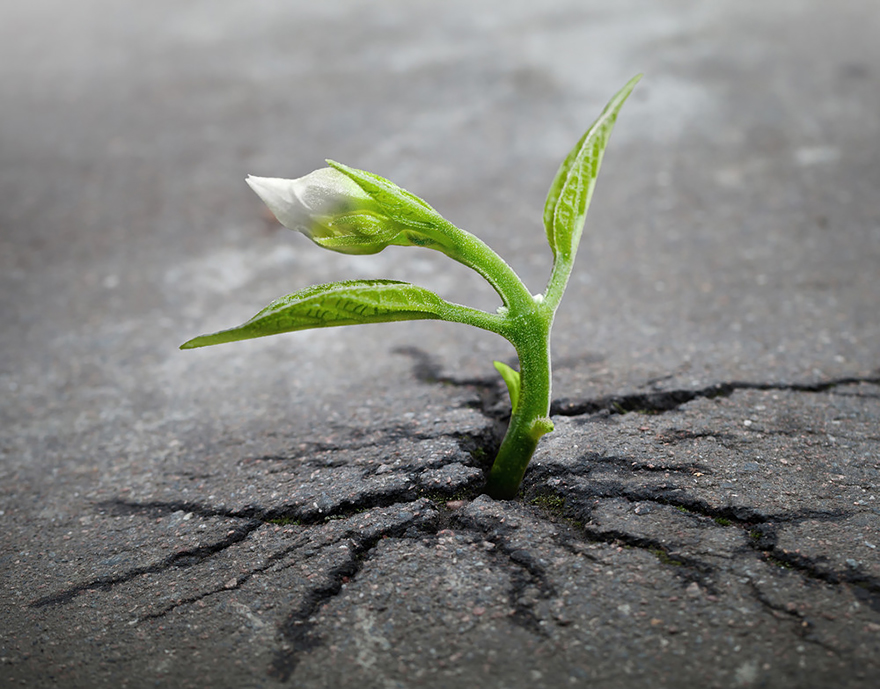
Three Films to Celebrate World Soil Day
It’s become a catch-22 of our times: the global food system is both a villain and a victim of climate change. Agriculture accounts for almost a quarter of global greenhouse gas emissions, and yet floods, drought, and the planet’s increasing climatic variability play with the fate of our food. Continuing on the current climate trajectory will mean a future of profound food insecurity, especially for developing nations.
This week, these concerns have been prominent on the agenda at the COP21 climate talks in Paris.
December 4, 2015 | Source: The Guardian | by Emma Bryce
It’s become a catch-22 of our times: the global food system is both a villain and a victim of climate change. Agriculture accounts for almost a quarter of global greenhouse gas emissions, and yet floods, drought, and the planet’s increasing climatic variability play with the fate of our food. Continuing on the current climate trajectory will mean a future of profound food insecurity, especially for developing nations.
This week, these concerns have been prominent on the agenda at the COP21 climate talks in Paris. For the first time at a COP conference, agriculture had its own dedicated focus-day, held on Tuesday by the Lima-Paris Action Agenda (LPAA), a partnership established between France and Peru to showcase and strengthen on-the-ground climate action in 2015 and beyond. “For years, agriculture, food systems, including oceans, including forests, have been knocking hard at the door—and now there’s movement starting,” said David Nabarro, former special representative of food security and nutrition for the United Nations, at the LPAA agriculture press briefing on Tuesday afternoon.
That door should have been yanked open a long time ago, considering that our food systems are due to bear so much of the brunt of climate change. But there are strong signs of progress. The world needs creative solutions if we are to reduce agricultural impact and feed everyone on the planet (an estimated nine billion by 2050)—and some of the best have recently been aired at the talks.
Here are three that caught my eye: each places our global food system squarely on the climate table.
Charting future insecurity
The first step in prioritising food systems is to confront what will happen if we don’t. On Tuesday at COP21 the World Food Program and the U.K.’s Met Office Hadley Centre launched a new, interactive mapping tool that predicts, in unprecedented detail, how future climate scenarios could influence food security, especially in the world’s developing nations. Based on five years of meteorological and agricultural research, the Food Insecurity and Climate Change Vulnerability Map shows how food security could change at the individual country level, either worsening or improving depending on three variables that users can tweak on the map: time scale (you can choose between the present day, 2050s, 2080s), emissions (low, medium, high), and adaptation (high, low, none).
As a starting point, the map could help countries forecast their food security risk and inform their planning, says Richard Choularton, chief of climate and disaster risk reduction at the World Food Programme. “The results of the analysis can provide some insight into vulnerability at the national level, when the specific factors behind the index are unpacked.” For example, in one country road access might emerge as the main limit on food security, in another it might be the variability of rainfall.
The map also shows what can be achieved if reduced emissions are paired with increased adaptive measures—like climate-smart agriculture—to make food systems more secure. “What’s most important, especially in the context of Paris, is that mitigation or adaption alone is not enough,” Choularton says. “We need a very serious combination of both.”
